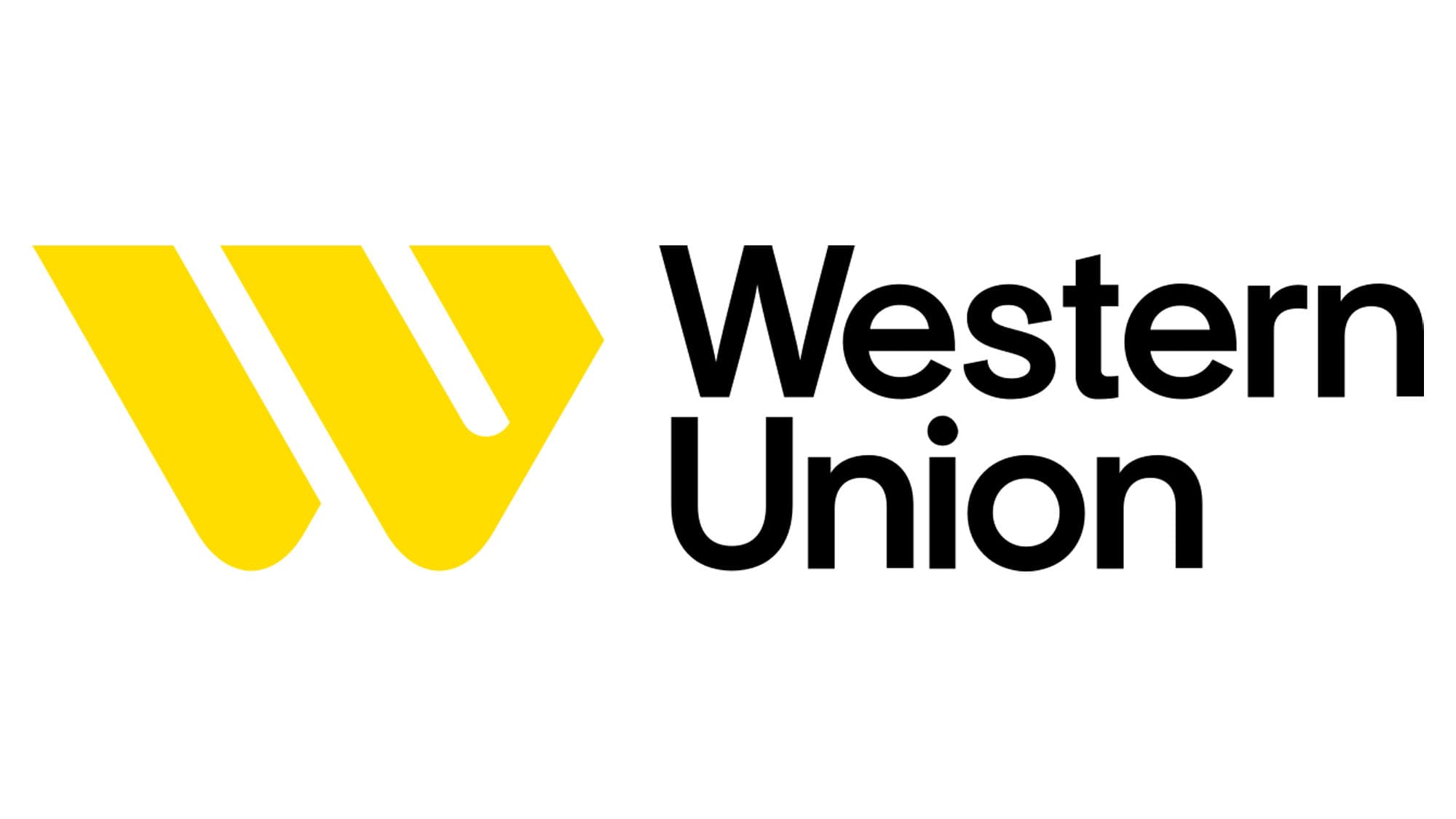Cusco
As the starting point for many travelers heading to Machu Picchu, Cusco is a major tourist destination. The city itself offers a wealth of attractions, including the Plaza de Armas, the Cathedral of Santo Domingo, and the San Blas neighborhood known for its artisan workshops. Visitors also use Cusco as a base for exploring the Sacred Valley, another area rich in Inca history and archaeological sites.
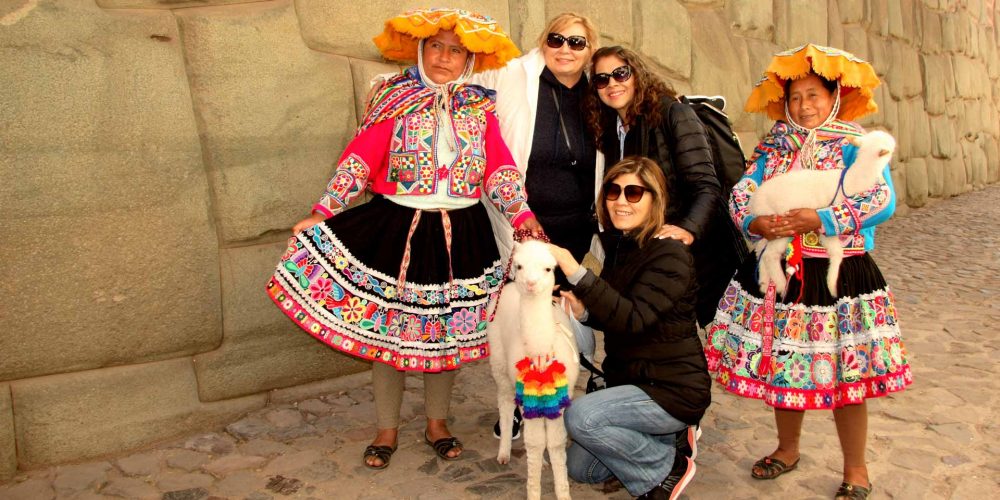
Table of Contents
Overview
Cusco, often spelled as Cuzco, is a city in southeastern Peru, situated in the Andes Mountains. It holds great historical and cultural significance as it was once the capital of the Inca Empire, one of the most powerful and sophisticated pre-Columbian civilizations in the Americas. Today, Cusco is a UNESCO World Heritage Site and serves as a gateway to the famous archaeological site of Machu Picchu
History
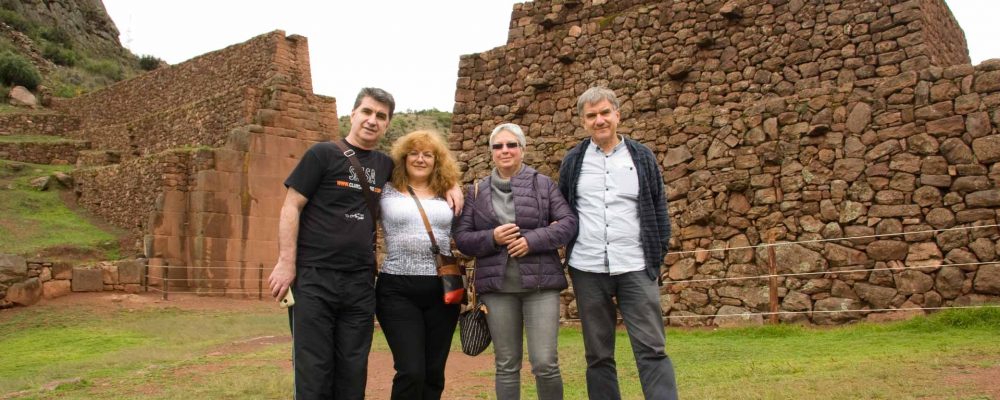
Cusco, located in southeastern Peru, is a city with a rich and storied history that predates the Inca Empire. The region has been inhabited for thousands of years, with evidence of human presence dating back to as early as 2000 BCE. However, it was during the Inca civilization that Cusco truly flourished and became the capital of one of the most powerful and advanced empires in pre-Columbian America.
Pre-Inca Period:
The earliest known inhabitants of the Cusco region were the Killke people, who established a settlement in the area around 900 CE. The Killke culture laid the foundation for the later Inca civilization, contributing to the development of agriculture and infrastructure.
Rise of the Inca Empire:
Cusco rose to prominence as the capital of the Inca Empire, which was founded by Manco Cápac in the 13th century. According to Inca mythology, Manco Cápac and his sister-wife Mama Ocllo emerged from the waters of Lake Titicaca and were divinely instructed to find a suitable location to establish their capital. They chose Cusco, and the city became the heart of the Inca civilization.
Inca Expansion:
Under rulers like Pachacuti and Huayna Capac, the Inca Empire expanded rapidly, becoming the largest empire in pre-Columbian America. Cusco became a center of political, religious, and economic power, with impressive architectural feats such as the Temple of the Sun (Coricancha) and the fortress of Sacsayhuaman.
Spanish Conquest:
In 1533, the Spanish conquistador Francisco Pizarro, along with his forces, captured Cusco, marking the downfall of the Inca Empire. Many Inca structures were dismantled, and Spanish colonial buildings were constructed on top of them. The Coricancha, for example, had its gold and silver stripped, and a Christian church, Santo Domingo, was erected in its place.
Colonial Period:
Cusco became an important colonial city, serving as a hub for Spanish administration and spreading Christianity throughout the region. The city retained its strategic significance and continued to be an important center of trade and commerce.
Independence and Modern Era:
Cusco, like much of South America, gained independence from Spanish rule in the early 19th century. In the modern era, the city has become a UNESCO World Heritage Site, and its rich history and well-preserved Inca and colonial architecture attract millions of visitors each year. Tourism has become a vital part of Cusco’s economy, and the city continues to celebrate its cultural heritage through festivals, traditional ceremonies, and a vibrant arts scene.
Today, Cusco stands as a living testament to the convergence of ancient Andean civilizations and European colonial influences, making it a captivating destination for those interested in exploring the fascinating history of the region.
Things to do
Cusco, a city in southeastern Peru, is a fascinating destination with a rich history, vibrant culture, and stunning landscapes. Here are some things to do in Cusco city:
Explore the Historic Center (Plaza de Armas): Start your journey in the heart of Cusco, the Plaza de Armas. This UNESCO World Heritage Site is surrounded by colonial architecture, including the Cathedral of Santo Domingo and the Church of La Compañía de Jesús.
Visit the Cathedral of Santo Domingo: This grand cathedral, located on the Plaza de Armas, is one of the most important religious buildings in Cusco. It houses an impressive collection of colonial art.
Tour Qorikancha (Temple of the Sun): Qorikancha was the most important temple in the Inca Empire, dedicated to the sun god Inti. The site showcases a blend of Inca and Spanish architecture, providing insight into the cultural and religious changes during the Spanish conquest.
Sacsayhuaman: Just outside Cusco, Sacsayhuaman is an Inca fortress with massive stone walls. The site offers panoramic views of Cusco and is renowned for its impressive Inca stonework.
Explore San Blas Neighborhood: Known for its narrow streets, colonial architecture, and artistic vibe, the San Blas neighborhood is a charming area to wander. Visit the San Blas Church and enjoy the local art galleries and craft shops.
Museums in Cusco: There are several museums in Cusco that provide insight into the city’s history and culture. The Museo Inka, Museo de Arte Precolombino, and the Machu Picchu Museum are worth exploring.
Try Local Cuisine: Cusco offers a diverse culinary scene with a mix of traditional Peruvian and international cuisines. Don’t miss trying local specialties such as ceviche, alpaca steak, and quinoa-based dishes.
Attend a Traditional Andean Folk Show: Experience the vibrant culture of the Andes by attending a traditional folk show. These performances often include traditional music, dance, and colorful costumes.
Market Shopping: Visit the San Pedro Market to explore local produce, handicrafts, and traditional goods. It’s a great place to experience the local atmosphere and pick up souvenirs.
Hike to Cristo Blanco: For a panoramic view of Cusco, consider hiking to Cristo Blanco, a statue of Christ overlooking the city. The short trek offers breathtaking views of Cusco and the surrounding mountains.
Day Trips to Sacred Valley: Take a day trip to the Sacred Valley, where you can visit archaeological sites like Pisac and Ollantaytambo. The Sacred Valley is known for its picturesque landscapes and Inca ruins.
Plan a Visit to Machu Picchu: While not technically in Cusco, a visit to the iconic Machu Picchu is a must-do activity. You can take a train or hike the famous Inca Trail to reach this archaeological wonder.
Cusco is a city that beautifully combines history, culture, and natural beauty, making it a captivating destination for travelers.
Hotels
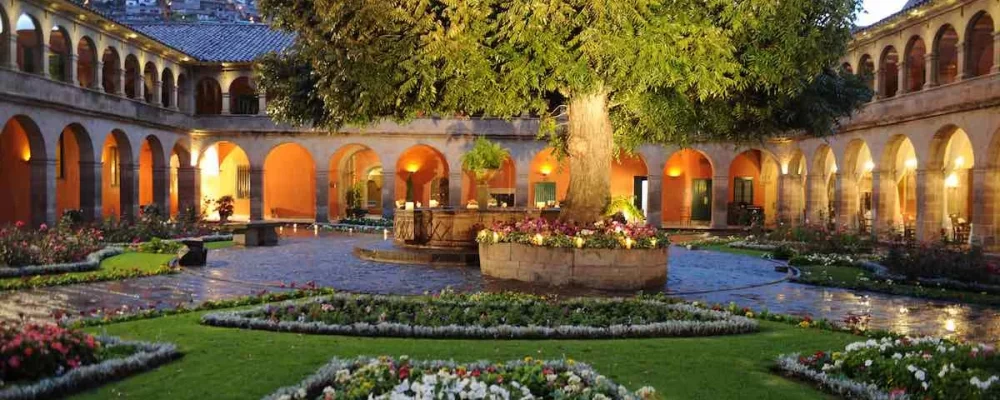
Cusco, a city in southeastern Peru, is a fascinating destination known for its rich history, stunning architecture, and vibrant culture. As a popular tourist hub, Cusco offers a variety of hotels catering to different preferences and budgets. Whether you’re looking for luxury accommodations with a view of the historic sites or a cozy boutique hotel nestled in the heart of the city, Cusco has something for everyone.
Luxury Hotels:
Belmond Hotel Monasterio: This five-star hotel is located in a former monastery dating back to 1592, offering a unique blend of history and luxury. Guests can enjoy elegant rooms, fine dining, and beautiful courtyards. The hotel’s central location makes it convenient for exploring Cusco’s main attractions.
Palacio del Inka, a Luxury Collection Hotel: Situated near the famous Koricancha Temple, this hotel combines Incan and Spanish colonial architecture. Guests can indulge in spacious rooms, a spa, and a courtyard with a charming fountain. The hotel’s rich decor reflects the cultural heritage of Cusco.
Boutique Hotels:
JW Marriott El Convento Cusco: Housed in a restored 16th-century convent, this boutique hotel seamlessly blends history with modern luxury. The rooms feature a mix of colonial and contemporary design, and guests can enjoy amenities like a spa, a fitness center, and a restaurant offering local cuisine.
Casa Cartagena Boutique Hotel & Spa: This intimate hotel is set in a colonial-era mansion and provides a tranquil escape in the heart of Cusco. With uniquely decorated rooms, a spa, and a gourmet restaurant, Casa Cartagena offers personalized service in a charming atmosphere.
Mid-Range Hotels:
Tierra Viva Cusco Plaza: Located just a few steps from the Plaza de Armas, Tierra Viva Cusco Plaza offers comfortable and modern accommodations. The hotel provides a convenient base for exploring the city and is known for its friendly staff and well-appointed rooms.
Casa Andina Standard Cusco Plaza: Situated in a colonial-era house, this hotel offers a combination of historic charm and modern amenities. With a central location, Casa Andina Standard Cusco Plaza is within walking distance of key attractions and provides a cozy atmosphere for guests.
Budget Hotels:
Pariwana Hostel Cusco: For budget travelers, Pariwana Hostel is a popular choice. With a lively atmosphere, comfortable dormitories, and private rooms, the hostel caters to a younger crowd. It also organizes social events, making it easy for guests to connect with fellow travelers.
Wild Rover Hostel Cusco: Another budget-friendly option, Wild Rover Hostel, offers a mix of dormitory and private rooms. Known for its vibrant nightlife and social events, the hostel provides a lively environment for budget-conscious travelers.
When planning a stay in Cusco, the choice of accommodation depends on individual preferences, budget constraints, and desired amenities. Whether you opt for a luxury hotel, a charming boutique stay, or a budget-friendly hostel, Cusco’s diverse hotel options ensure a memorable experience in this historic city.
Restaurants
Cusco, often referred to as the historic capital of Peru, is a city with a rich cultural heritage and stunning landscapes. As a popular tourist destination, Cusco boasts a diverse culinary scene that caters to both locals and visitors. Here’s an overview of the restaurant scene in Cusco:
Traditional Peruvian Cuisine:
Pachapapa: Nestled in the San Blas neighborhood, Pachapapa is known for its traditional Peruvian dishes. The restaurant provides a cozy atmosphere with outdoor seating, offering a range of local specialties such as alpaca, guinea pig, and various Andean stews.
Chicha por Gastón Acurio: This restaurant, led by renowned Peruvian chef Gastón Acurio, is dedicated to showcasing the diversity of Peruvian flavors. With a blend of traditional and contemporary dishes, Chicha offers an upscale dining experience in the heart of Cusco.
International Cuisine:
Cicciolina: This popular restaurant is situated in a colonial-style building and is well-known for its international cuisine with a Peruvian twist. The menu features a variety of pasta dishes, seafood, and vegetarian options. The ambiance is warm and inviting, making it a favorite among both locals and tourists.
Uchu Peruvian Steakhouse: If you’re a fan of steak, Uchu is the place to go. This steakhouse specializes in high-quality Peruvian beef, offering a range of cuts cooked to perfection. The restaurant’s rustic décor and friendly staff contribute to a delightful dining experience.
Vegetarian and Vegan Options:
Green Point: For those seeking vegetarian and vegan options, Green Point is a popular choice. Located near the Plaza de Armas, this restaurant offers a diverse menu of plant-based dishes, from creative salads to hearty mains, in a vibrant and environmentally conscious setting.
Organika: Another excellent option for vegetarian and vegan cuisine is Organika. The menu features organic and locally sourced ingredients, creating a menu that is both delicious and sustainable. The restaurant also has a relaxed atmosphere, perfect for a leisurely meal.
Cafés and Bakeries:
Jack’s Café: A beloved establishment in Cusco, Jack’s Café is known for its cozy atmosphere and delicious breakfast options. From hearty omelets to freshly baked pastries, Jack’s Café is a great spot to start your day or enjoy a leisurely afternoon.
Qucharitas: This charming bakery offers a variety of sweet and savory treats, including empanadas and pastries. With a focus on quality ingredients, Qucharitas is a popular choice for those looking to satisfy their sweet tooth.
Whether you’re in the mood for traditional Peruvian cuisine, international flavors, vegetarian delights, or a cozy café experience, Cusco has a diverse range of restaurants to suit every palate. Exploring the local culinary scene is an integral part of experiencing the vibrant culture of this historic city.
Tour Packages
Cultural Events
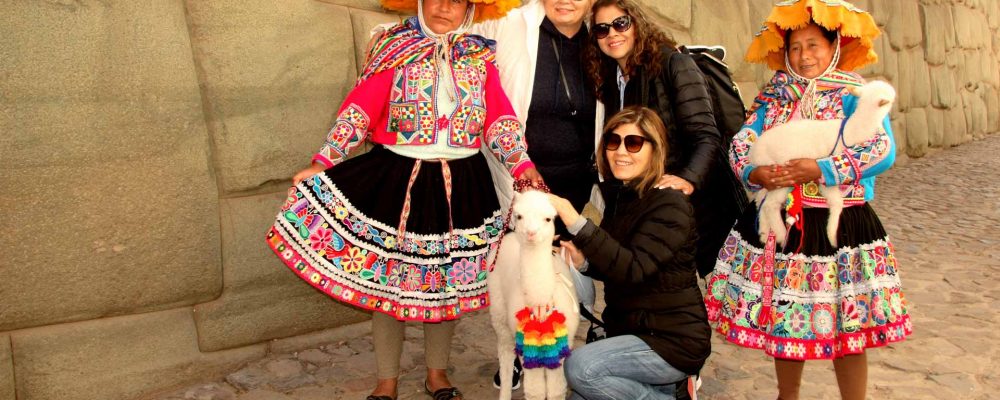
Cusco, located in the heart of the Andes Mountains in Peru, is a city rich in history, culture, and traditions. The city’s cultural events are a vibrant reflection of its Inca and colonial heritage, attracting both locals and tourists alike. Here are some notable cultural events in Cusco:
Inti Raymi (Festival of the Sun): One of the most significant cultural events in Cusco, Inti Raymi celebrates the Inca New Year. Held annually on June 24th, this grand festival reenacts ancient Inca rituals and ceremonies at the historic Sacsayhuamán fortress. The event draws thousands of spectators who witness colorful processions, traditional dances, and spiritual ceremonies honoring the sun god, Inti.
Corpus Christi: This religious celebration takes place 60 days after Easter and combines Inca and Catholic traditions. The main event involves a procession featuring religious statues from Cusco’s various churches, accompanied by traditional dancers and musicians. Elaborate floral carpets line the streets, creating a visually stunning display of art and devotion.
Qoyllur Rit’i: Located a few hours from Cusco, this festival is celebrated at the Sinakara Valley’s high-altitude shrine. Qoyllur Rit’i, meaning “Snow Star” in Quechua, is a blend of Inca and Christian beliefs. Pilgrims embark on a challenging journey to the sacred site, participating in rituals that involve music, dance, and offerings to the Lord of Qoyllur Rit’i.
Cusco’s Anniversary: Each year on March 23rd, Cusco celebrates its anniversary as the historic capital of the Inca Empire. The festivities include parades, traditional music and dance performances, and various cultural events throughout the city. Locals and visitors come together to commemorate the city’s rich history and cultural significance.
Cusco Film Festival: This annual event showcases a selection of national and international films, attracting filmmakers, actors, and film enthusiasts to Cusco. The festival aims to promote the appreciation of cinema and provides a platform for emerging talents in the industry.
Fiesta de la Candelaria: Celebrated in February, this festival combines indigenous traditions with Catholic rituals. The main event features vibrant processions with traditional dances and music, honoring the Virgin of Candelaria. The festivities extend throughout the city, creating a lively and colorful atmosphere.
Cusco Arts and Crafts Fair: Throughout the year, Cusco hosts various arts and crafts fairs, showcasing the talents of local artisans. Visitors can explore traditional markets like San Pedro Market and the Artisans’ Quarter, where they can purchase handmade textiles, ceramics, jewelry, and other unique products.
These cultural events contribute to Cusco’s identity as a cultural hub, preserving and celebrating its rich heritage for both locals and those who come to experience the magic of this historic city.
Travel Tips
Certainly! Cusco, located in the Andes mountains of Peru, is a fascinating city with a rich history and vibrant culture. Whether you’re planning to explore the ancient ruins of Machu Picchu or simply immerse yourself in the local atmosphere, here are some travel tips to make the most of your visit to Cusco:
Acclimatize to the Altitude:
Cusco is situated at a high altitude (3,400 meters or 11,150 feet), so it’s important to acclimatize before attempting any strenuous activities. Spend a day or two in the city to allow your body to adjust.
Stay Hydrated:
Due to the high altitude, you may become dehydrated more quickly. Drink plenty of water to stay hydrated and help alleviate symptoms of altitude sickness.
Coca Tea:
Coca tea is a traditional remedy for altitude sickness. Many hotels offer it, and it’s readily available in local cafes. Drinking a cup or two a day can help with altitude-related symptoms.
Explore the Historic Center:
Cusco’s historic center is a UNESCO World Heritage Site with beautiful colonial architecture, Inca walls, and charming cobblestone streets. Take a leisurely stroll and explore landmarks like Plaza de Armas and the Cathedral.
Visit Sacsayhuaman:
This Inca fortress located on the outskirts of Cusco offers stunning panoramic views of the city. The massive stone walls and impressive architecture showcase the engineering prowess of the ancient Incas.
Try Local Cuisine:
Don’t miss out on Peruvian cuisine. Try local dishes like ceviche, lomo saltado, and alpaca meat. Cusco has a variety of restaurants, from high-end to budget-friendly options, serving delicious Peruvian food.
Attend a Traditional Show:
Experience traditional Andean music and dance by attending a local folk show. These performances often showcase the vibrant culture and history of the region.
Pack Accordingly:
The weather in Cusco can vary throughout the day, so pack layers. Mornings and evenings can be chilly, while afternoons can be warm. A good pair of walking shoes is essential for exploring the city’s hilly terrain.
Plan Your Visit to Machu Picchu:
If you plan to visit Machu Picchu, consider booking your tickets and train reservations in advance. There are several trekking options, including the classic Inca Trail and the shorter but equally scenic train journey.
Respect Local Customs:
Cusco has a strong connection to its Inca heritage, and many locals still practice traditional customs. Be respectful when visiting sacred sites and follow any guidelines provided by authorities.
Bargain at the Markets:
Cusco’s markets, such as San Pedro Market, offer a variety of local crafts and products. Don’t be afraid to haggle a bit, but always do so with respect.
Remember to be flexible with your plans, as weather conditions and altitude effects can influence your experience. Enjoy your time in Cusco!
FAQ´s
Certainly! It seems like there might be a slight typo in your request. I assume you meant “FAQ” (Frequently Asked Questions) instead of “FQA.” Here’s a set of frequently asked questions and answers for someone planning to visit Cusco City:
Frequently Asked Questions (FAQ) for Visiting Cusco City
Cusco City, located in the Peruvian Andes, was once the capital of the Inca Empire. It is renowned for its well-preserved Inca architecture, historic sites such as Machu Picchu, and vibrant indigenous culture.
The Alejandro Velasco Astete International Airport (CUZ) serves Cusco. Most international travelers fly into Lima and then take a domestic flight to Cusco. Alternatively, you can take a scenic train or bus ride from other parts of Peru.
The dry season (May to September) is considered the best time to visit Cusco, as the weather is mild and there is less rainfall. However, keep in mind that these months are also peak tourist season.
Citizens of many countries, including the United States, European Union, and Canada, do not need a visa for stays of up to 90 days. However, always check the latest visa requirements before your trip.
Pack layers, as temperatures can vary throughout the day. Comfortable walking shoes, a hat, sunscreen, and a reusable water bottle are essential. If you plan to visit Machu Picchu, pack a good camera and rain gear.
Cusco is at a high altitude, so it’s important to acclimate gradually. Rest for the first day, drink plenty of water, and avoid heavy meals. Coca tea is a popular local remedy for altitude sickness.
It is advisable to drink bottled or filtered water in Cusco to avoid waterborne illnesses. Many hotels and restaurants provide safe drinking water, and bottled water is readily available.
Key attractions include Machu Picchu, Sacsayhuaman, Plaza de Armas, and the Cathedral of Santo Domingo. Don’t forget to explore the vibrant markets and try local Peruvian cuisine.
It’s customary to greet people with a friendly “Hola” (hello). When visiting religious sites, it’s respectful to dress modestly. Bargaining is common in markets, but politeness is crucial.
Remember to check for any travel advisories or updates before your trip, and enjoy your visit to the captivating city of Cusco!



